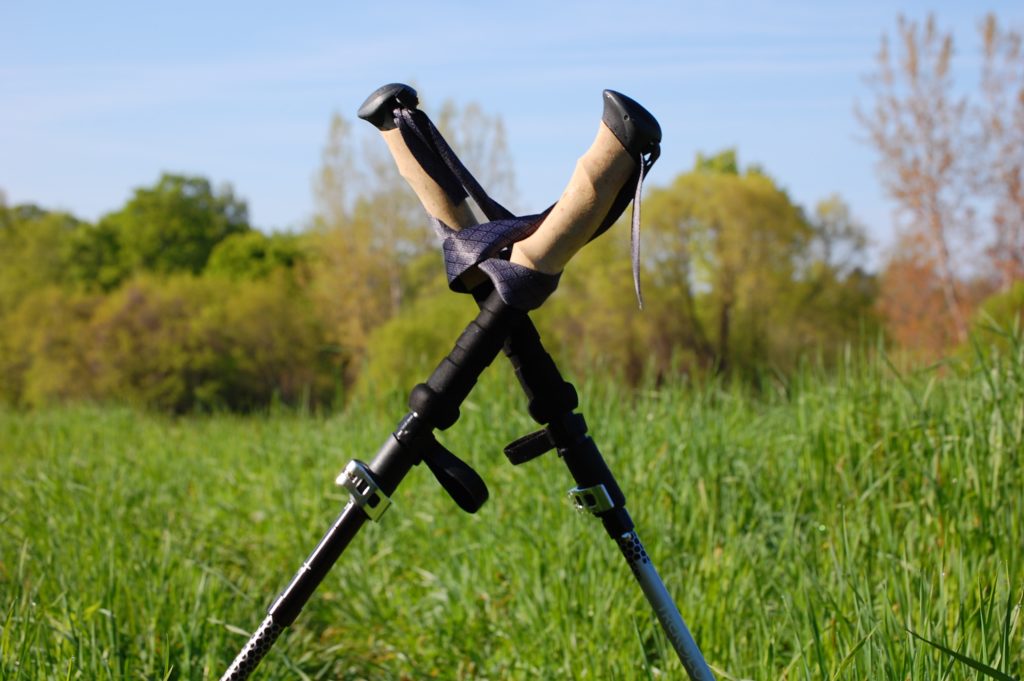Trekking poles have become an essential tool for outdoor enthusiasts, hikers, and backpackers alike. These simple yet versatile accessories offer numerous benefits, including improved stability, reduced fatigue, and enhanced support during challenging treks. Choosing the right trekking poles is crucial for maximizing their effectiveness and ensuring a comfortable and enjoyable hiking experience. In this guide, we’ll delve into the key factors to consider when selecting trekking poles for your outdoor adventures.
Purpose and Terrain
Before diving into specific features, it’s essential to identify the primary purpose of your trekking poles and the type of terrain you’ll be encountering. Different activities, such as hiking, backpacking, or trail running, may require varying features. Likewise, the terrain – whether it’s rocky, flat, steep, or varied – will influence your choice of trekking poles.
Pole Materials
Trekking poles are commonly made from aluminum or carbon fiber. Each material has its advantages and drawbacks. Aluminum poles are durable, cost-effective, and withstand rough use, while carbon fiber poles are lighter, reducing overall pack weight. Consider your budget and intended use when choosing between these materials.
Adjustable vs. Fixed Length
Adjustable trekking poles offer versatility, allowing users to customize the length according to the terrain or personal preference. Fixed-length poles are generally lighter but may not be suitable for all situations. If you’re likely to encounter diverse terrains, adjustable poles are recommended for their adaptability.
Locking Mechanisms
Trekking poles come with various locking mechanisms to keep them securely in place when extended. Common types include twist locks, lever locks, and external locks. Choose a mechanism that is easy to use, durable, and adjustable on the go.
Grip and Straps
The grip material and design play a crucial role in your comfort during extended use. Look for ergonomic grips made from materials like cork, foam, or rubber. Cork grips are particularly comfortable and wick away moisture. Additionally, adjustable wrist straps contribute to stability and help prevent hand fatigue.
Shock Absorption
Some trekking poles come equipped with shock absorption systems designed to reduce impact on your joints and muscles. This feature can be beneficial during descents and on hard surfaces. However, if you primarily trek on soft terrain or prefer a more rigid feel, you may opt for poles without shock absorption.
Weight
Considering the weight of your trekking poles is crucial, especially for backpackers and ultralight enthusiasts. While lighter poles are generally more expensive, they contribute to reduced fatigue during long treks. Strike a balance between weight and durability based on your preferences and the demands of your adventures.
Basket Size
Trekking poles often come with removable baskets designed to prevent the poles from sinking into soft ground. Choose the basket size based on the terrain you’ll be traversing – larger baskets for snow or soft soil and smaller ones for rocky or compacted trails.
Conclusion
Selecting the right trekking poles is a personalized process that depends on your individual preferences, budget, and intended use. By considering factors such as pole material, length, locking mechanisms, grip, and additional features, you can ensure a more enjoyable and comfortable trekking experience. Investing time in choosing the perfect trekking poles will undoubtedly enhance your outdoor adventures and contribute to a safer and more enjoyable journey.

